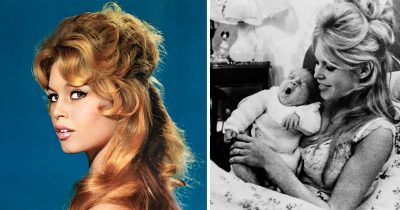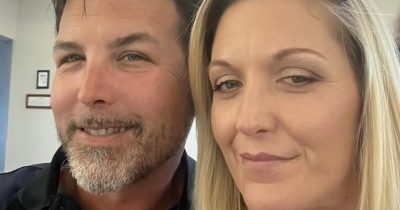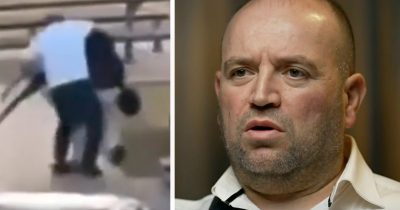
There’s no doubt that honey is a superfood. When it’s pure and fresh, honey contains substances that have been shown to kill bacteria that is resistant to antibiotics. And research is currently being conducted on honey so that in the future it might be used to fight that bacteria.
Unfortunately, though, many products labeled “honey” contain additives or are counterfeit. Beyond being decieving, this means that fake honey lacks the pollen and other substances that give honey its health benefits.
So in order make sure that you and your family are getting the good stuff, scroll down and learn how to detect fake honey.

More than 75 percent of “honey” sold in U.S. grocery stores contains additives or is watered down, according to the watchdog group Food Safety News. And the situation in Europe isn’t much better.
Most people would assume that products labeled “honey” contain hundred percent honey and no additives—and this is indeed the law in the E.U. But tests have shown that most store-bought honey isn’t actually pure.
How producers trick consumers:
- They dilute honey with high fructose corn syrup or other artificial sweeteners.
- They feed bees sugar syrup to create a honey-like substance that lacks pollen.
- They filter honey so much that it completely lacks pollen and its origin is impossible to trace.

How to tell if honey is fake:
1. Take a tablespoon of honey and drop it in a glass of water. If the honey dissolves, it’s not real. Pure honey will settle on the bottom of the glass.
2. If you have iodine at home, mix a few drops with honey in a glass of water. If the honey turns blue, it has cornstarch in it.
3. Add a few drops of vinegar to a glass of water and then add a little honey. If it foams or bubbles, the honey might have some plaster in it.

4. Dip a match in honey and then strike it on a matchbox. If it lights up, the honey is pure.
5. Put some honey on a spoon and dangle the spoon to see if the honey falls or not. Honey with added water will drip off of the spoon; pure honey will stay put.

Don’t forget to read the label and check if the honey lists high fructose corn syrup (HFC) or glucose, two additives that are often used to dilute honey.
Personally, I recommend always buying honey from your local producer if you have the chance.
Please share these tests with your friends on Facebook so that they don’t end up eating fake honey!
Published by Newsner, please like




